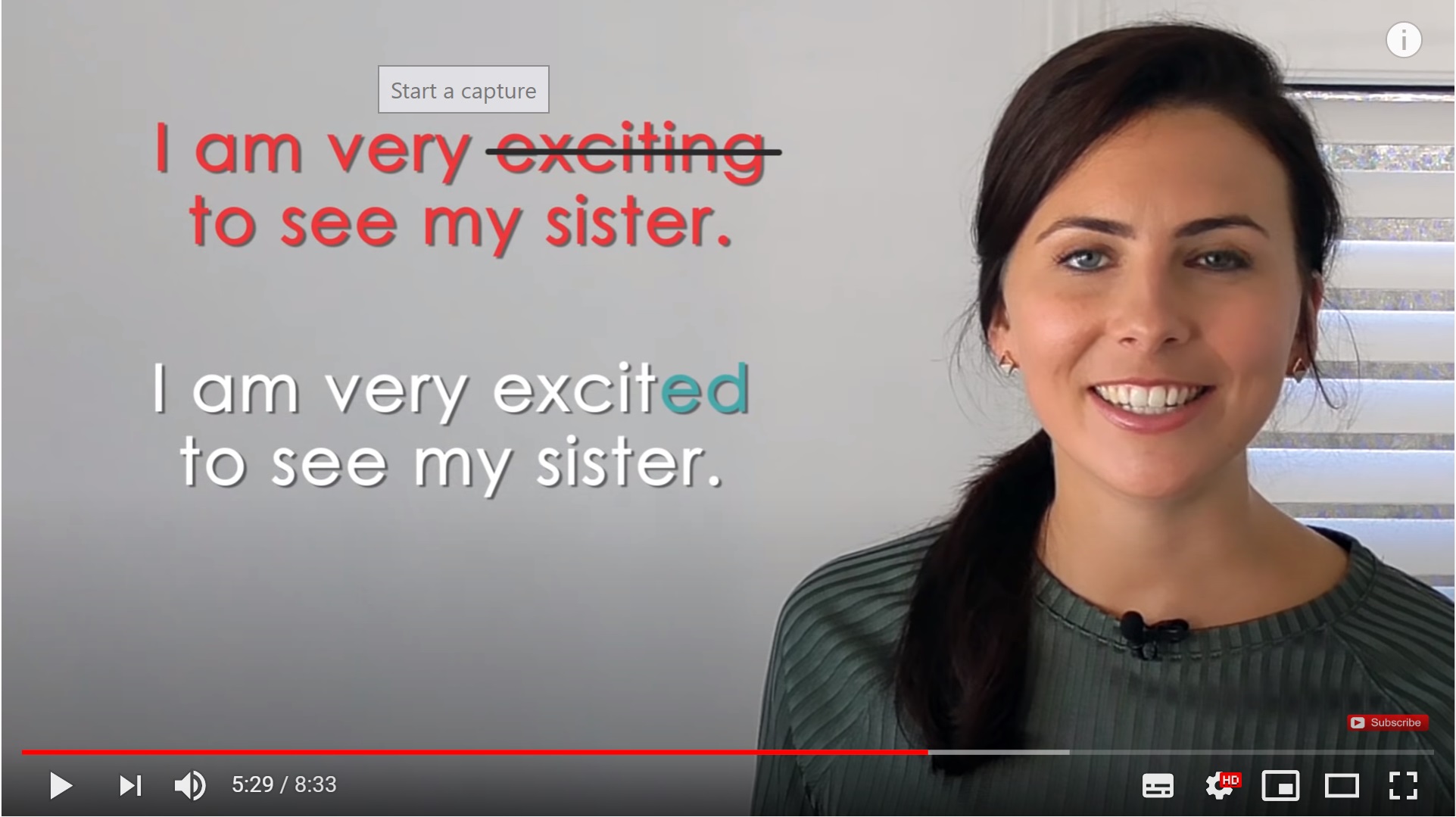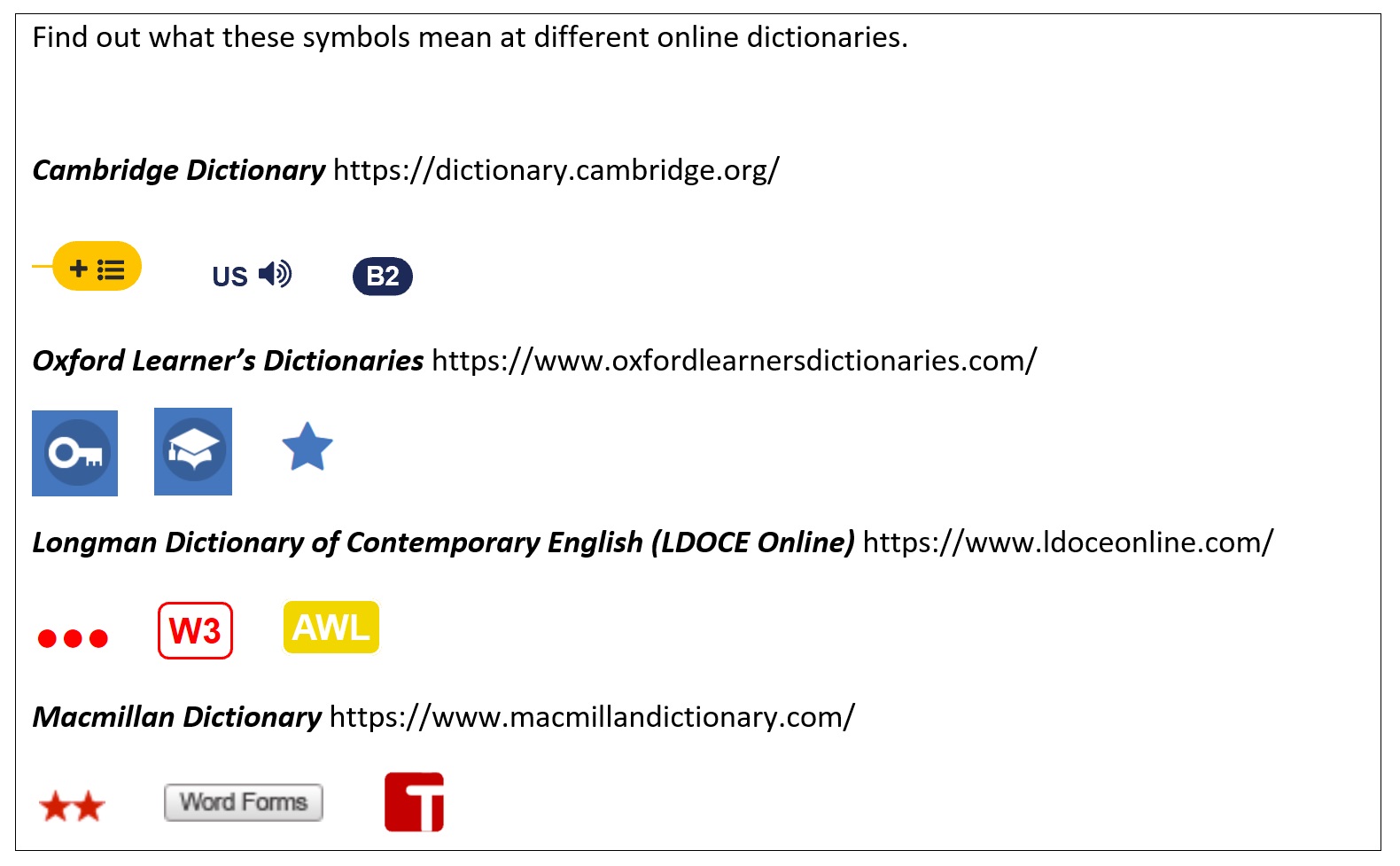Last September, Cambridge published a ‘Sustainability Framework for ELT’, which attempts to bring together environmental, social and economic sustainability. It’s a kind of 21st century skills framework and is designed to help teachers ‘to integrate sustainability skills development’ into their lessons. Among the sub-skills that are listed, a handful grabbed my attention:
- Identifying and understanding obstacles to sustainability
- Broadening discussion and including underrepresented voices
- Understanding observable and hidden consequences
- Critically evaluating sustainability claims
- Understanding the bigger picture
Hoping to brush up my skills in these areas, I decided to take a look at the upcoming BETT show in London, which describes itself as ‘the biggest Education Technology exhibition in the world’. BETT and its parent company, Hyve, ‘are committed to redefining sustainability within the event industry and within education’. They are doing this by reducing their ‘onsite printing and collateral’. (‘Event collateral’ is an interesting event-industry term that refers to all the crap that is put into delegate bags, intended to ‘enhance their experience of the event’.) BETT and Hyve are encouraging all sponsors to go paperless, too, ‘switching from seat-drop collateral to QR codes’, and delegate bags will no longer be offered. They are partnering with various charities to donate ‘surplus food and furniture’ to local community projects, they are donating to other food charities that support families in need, and they are recycling all of the aisle banners into tote bags. Keynote speakers will include people like Sally Uren, CEO of ‘Forum for the Future’, who will talk about ‘Transforming carbon neutral education for a just and regenerative future’.

BETT and Hyve want us to take their corporate and social responsibility very seriously. All of these initiatives are very commendable, even though I wouldn’t go so far as to say that they will redefine sustainability within the event industry and education. But there is a problem – and it’s not that the world is already over-saturated with recycled tote bags. As the biggest jamboree of this kind in the world, the show attracts over 600 vendors and over 30,000 visitors, with over 120 countries represented. Quite apart from all the collateral and surplus furniture, the carbon and material footprint of the event cannot be negligible. Think of all those start-up solution-providers flying and driving into town, AirB’n’B-ing for the duration, and Ubering around town after hours, for a start.
But this is not really the problem, either. Much as the event likes to talk about ‘driving impact and improving outcomes for teachers and learners’, the clear and only purpose of the event is to sell stuff. It is to enable the investors in the 600+ edtech solution-providers in the exhibition area to move towards making a return on their investment. If we wanted to talk seriously about sustainability, the question that needs to be asked is: to what extent does all the hardware and software on sale contribute in any positive and sustainable way to education? Is there any meaningful social benefit to be derived from all this hardware and software, or is it all primarily just a part of a speculative, financial game? Is the corporate social responsibility of BETT / Hyve a form of green-washing to disguise the stimulation of more production and consumption? Is it all just a kind of environmentalism of the rich’ (Dauvergne, 2016).
Edtech is not the most pressing of environmental problems – indeed, there are examples of edtech that are likely more sustainable than the non-tech alternatives – but the sustainability question remains. There are at least four environmental costs to edtech:
- The energy-greedy data infrastructures that lie behind digital transactions
- The raw ingredients of digital devices
- The environmentally destructive manufacture and production of digital devices
- The environmental cost of dismantling and disposing digital hardware (Selwyn, 2018)
Some forms of edtech are more environmentally costly than others. First, we might consider the material costs. Going back to pre-internet days, think of the countless tonnes of audio cassettes, VCR tapes, DVDs and CD-ROMs. Think of the discarded playback devices, language laboratories and IWBs. None of these are easily recyclable and most have ended up in landfill, mostly in countries that never used these products. These days the hardware that is used for edtech is more often a device that serves other non-educational purposes, but the planned obsolescence of our phones, tablets and laptops is a huge problem for sustainability.
More important now are probably the energy costs of edtech. Audio and video streaming might seem more environmentally friendly than CDs and DVDs, but, depending on how often the CD or DVD is used, the energy cost of streaming (especially high quality video) can be much higher than using the physical format. AI ups the ante significantly (Brevini, 2022). Five years ago, a standard ‘AI training model in linguistics emit more than 284 tonnes of carbon dioxide equivalent’ (Strubell et al., 2019). With exponentially greater volumes of data now being used, the environmental cost is much, much higher. Whilst VR vendors will tout the environmental benefits of cutting down on travel, getting learners together in a physical room may well have a much lower carbon footprint than meeting in the Metaverse.
When doing the calculus of edtech, we need to evaluate the use-value of the technology. Does the tech actually have any clear educational (or other social) benefit, or is its value primarily in terms of its exchange-value?
To illustrate the difference between use-value and exchange-value, I’d like to return again to the beginnings of modern edtech in ELT. As the global market for ELT materials mushroomed in the 1990s, coursebook publishers realised that, for a relatively small investment, they could boost their sales by bringing out ‘new editions’ of best-selling titles. This meant a new cover, replacing a few texts and topics, making minor modifications to other content, and, crucially, adding extra features. As the years went by, these extra features became digital: CD-ROMs, DVDs, online workbooks and downloadables of various kinds. The publishers knew that sales depended on the existence of these shiny new things, even if many buyers made minimal use or zero use of them. But they gave the marketing departments and sales reps a pitch, and justified an increase in unit price. Did these enhanced coursebooks actually represent any increase in use-value? Did learners make better or faster progress in English as a result? On the whole, the answer has to be an unsurprising and resounding no. We should not be surprised if hundreds of megabytes of drag-and-drop grammar practice fail to have much positive impact on learning outcomes. From the start, it was the impact on the exchange-value (sales and profits) of these products that was the driving force.
Edtech vendors have always wanted to position themselves to potential buyers as ‘solution providers’, trumpeting the use-value of what they are selling. When it comes to attracting investors, it’s a different story, one that is all about minimum viable products, scalability and return on investment.
There are plenty of technologies that have undisputed educational use-value in language learning and teaching. Google Docs, Word, Zoom and YouTube come immediately to mind. Not coincidentally, they are not technologies that were designed for educational purposes. But when you look at specifically educational technology, It becomes much harder (though not impossible) to identify unambiguous gains in use-value. Most commonly, the technology holds out the promise of improved learning, but evidence that it has actually achieved this is extremely rare. Sure, a bells-and-whistles LMS offers exciting possibilities for flipped or blended learning, but research that demonstrates the effectiveness of these approaches in the real world is sadly lacking. Sure, VR might seem to offer a glimpse of motivated learners interacting meaningfully in the Metaverse, but I wouldn’t advise you to bet on it.
And betting is what most edtech is all about. An eye-watering $16.1 billion of venture capital was invested in global edtech in 2020. What matters is not that any of these products or services have any use-value, but that they are perceived to have a use-value. Central to this investment is the further commercialisation and privatisation of education (William & Hogan 2020). BETT is a part of this.
Returning to the development of my sustainability skills, I still need to consider the bigger picture. I’ve suggested that it is difficult to separate edtech from a consideration of capitalism, a system that needs to manufacture consumption, to expand production and markets in order to survive (Dauvergne, 2016: 48). Economic growth is the sine qua non of this system, and it is this that makes the British government (and others) so keen on BETT. Education and edtech in particular are rapidly growing markets. But growth is only sustainable, in environmental terms, if it is premised on things that we actually need, rather than things which are less necessary and ecologically destructive (Hickel, 2020). At the very least, as Selwyn (2021) noted, we need more diverse thinking: ‘What if environmental instability cannot be ‘solved’ simply through the expanded application of digital technologies but is actually exacerbated through increased technology use?’
References
Brevini, B. (2022) Is AI Good for the Planet? Cambridge: Polity Press
Dauvergne, P. (2016) Environmentalism of the Rich. Cambridge, Mass.: MIT Press
Hickel, J. (2020) Less Is More. London: William Heinemann
Selwyn, N. (2018) EdTech is killing us all: facing up to the environmental consequences of digital education. EduResearch Matters 22 October, 2018. https://www.aare.edu.au/blog/?p=3293
Selwyn, N. (2021) Ed-Tech Within Limits: Anticipating educational technology in times of environmental crisis. E-Learning and Digital Media, 18 (5): 496 – 510. https://journals.sagepub.com/doi/pdf/10.1177/20427530211022951
Strubell, E., Ganesh, A. & McCallum, A. (2019) Energy and Policy Considerations for Deep Learning in NLP. Cornell University: https://arxiv.org/pdf/1906.02243.pdf
Williamson, B. & Hogan, A. (2020) Commercialisation and privatisation in / of education in the context of Covid-19. Education International










 The discourse surrounding ‘Generation Z’ is now steadily finding its way into the world of English language teaching. The 2nd TESOL Turkey International ELT Conference took place last November with ‘Teaching Generation Z: Passing on the baton from K12 to University’ as its theme. A further gloss explained that the theme was ‘in reference to the new digital generation of learners with outstanding multitasking skills; learners who can process and absorb information within mere seconds and yet possess the shortest attention span ever’.
The discourse surrounding ‘Generation Z’ is now steadily finding its way into the world of English language teaching. The 2nd TESOL Turkey International ELT Conference took place last November with ‘Teaching Generation Z: Passing on the baton from K12 to University’ as its theme. A further gloss explained that the theme was ‘in reference to the new digital generation of learners with outstanding multitasking skills; learners who can process and absorb information within mere seconds and yet possess the shortest attention span ever’.








 Near the start of Mayer-Schönberger and Cukier’s enthusiastic sales pitch (Learning with Big Data: The Future of Education) for the use of big data in education, there is a discussion of Duolingo. They quote Luis von Ahn, the founder of Duolingo, as saying ‘there has been little empirical work on what is the best way to teach a foreign language’. This is so far from the truth as to be laughable. Von Ahn’s comment, along with the Duolingo product itself, is merely indicative of a lack of awareness of the enormous amount of research that has been carried out. But what could the data gleaned from the interactions of millions of users with Duolingo tell us of value? The example that is given is the following. Apparently, ‘in the case of Spanish speakers learning English, it’s common to teach pronouns early on: words like “he,” “she,” and “it”.’ But, Duolingo discovered, ‘the term “it” tends to confuse and create anxiety for Spanish speakers, since the word doesn’t easily translate into their language […] Delaying the introduction of “it” until a few weeks later dramatically improves the number of people who stick with learning English rather than drop out.’ Was von Ahn unaware of the decades of research into language transfer effects? Did von Ahn (who grew up speaking Spanish in Guatemala) need all this data to tell him that English personal pronouns can cause problems for Spanish learners of English? Was von Ahn unaware of the debates concerning the value of teaching isolated words (especially grammar words!)?
Near the start of Mayer-Schönberger and Cukier’s enthusiastic sales pitch (Learning with Big Data: The Future of Education) for the use of big data in education, there is a discussion of Duolingo. They quote Luis von Ahn, the founder of Duolingo, as saying ‘there has been little empirical work on what is the best way to teach a foreign language’. This is so far from the truth as to be laughable. Von Ahn’s comment, along with the Duolingo product itself, is merely indicative of a lack of awareness of the enormous amount of research that has been carried out. But what could the data gleaned from the interactions of millions of users with Duolingo tell us of value? The example that is given is the following. Apparently, ‘in the case of Spanish speakers learning English, it’s common to teach pronouns early on: words like “he,” “she,” and “it”.’ But, Duolingo discovered, ‘the term “it” tends to confuse and create anxiety for Spanish speakers, since the word doesn’t easily translate into their language […] Delaying the introduction of “it” until a few weeks later dramatically improves the number of people who stick with learning English rather than drop out.’ Was von Ahn unaware of the decades of research into language transfer effects? Did von Ahn (who grew up speaking Spanish in Guatemala) need all this data to tell him that English personal pronouns can cause problems for Spanish learners of English? Was von Ahn unaware of the debates concerning the value of teaching isolated words (especially grammar words!)?
 In the latest educational technology plan from the U.S. Department of Education (‘
In the latest educational technology plan from the U.S. Department of Education (‘